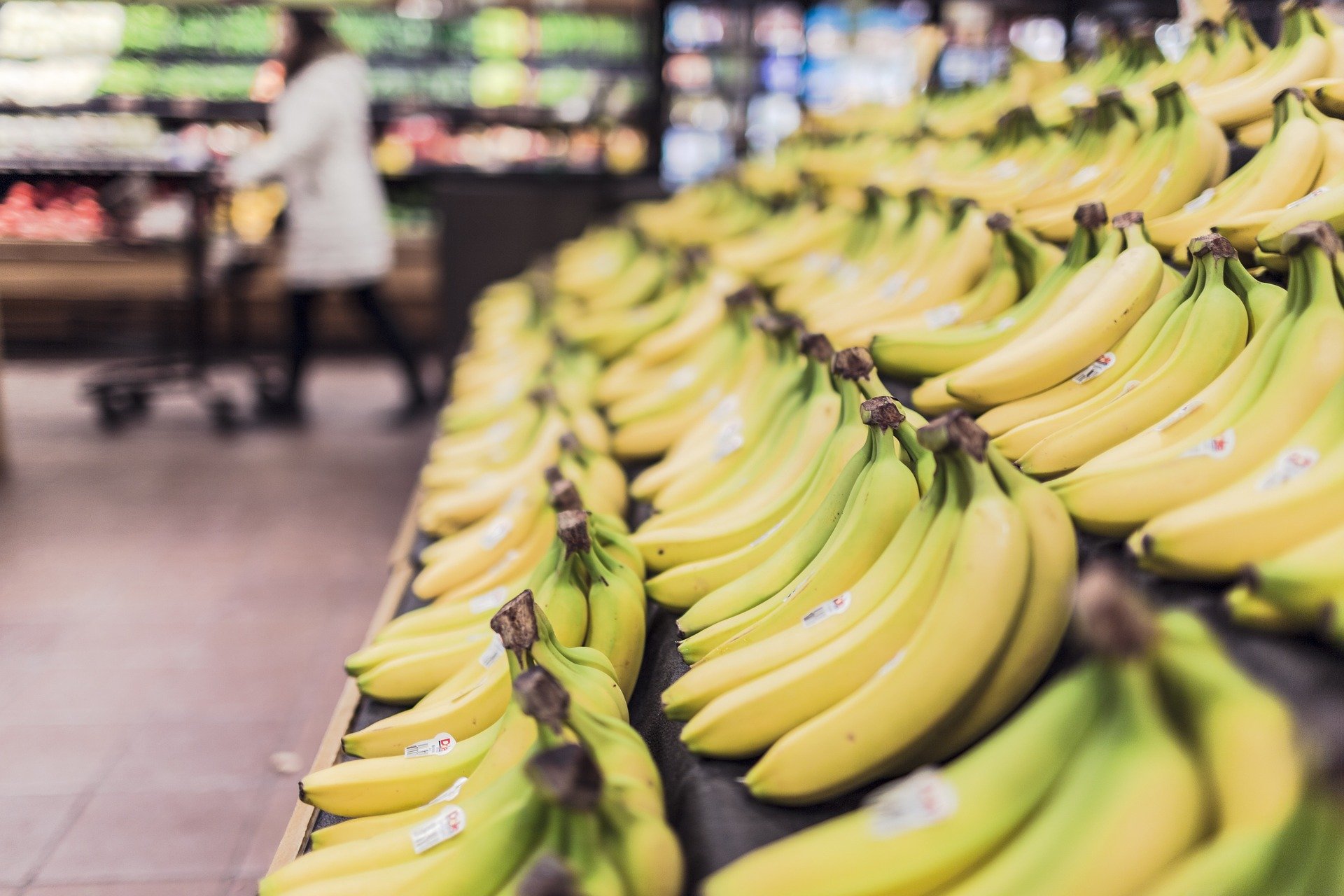
Reflections on the impact of COVID-19 on grocery shopping
Over the past few months we have all felt the impacts of COVID-19 on our grocery shopping. Be these direct impacts resulting from a government-imposed lockdown, changing of purchasing behaviour to reflect more time spent at home, or adapting to new financial realities. Grocery shopping is something we all need to do.
In the three weeks leading up to the UK lockdown on 22nd March, amidst the chaotic scenes inside supermarkets and in the news, supermarkets took an additional £1Billion per week compared to 2019. These revenues represent small increases in usual weekly household spend on certain products, with product shortages reflecting the ‘just in time’ basis of grocery supply chains where storing reserves of goods is limited.
Government advice to limit time spent outside the home is encouraging a return to the weekly shop. Consumers are making fewer trips for a higher quantity of goods. These trips need to accommodate for more time being spent at home as well as reduced opportunities to shop elsewhere. With the closure of bars and restaurants supermarkets are seeing an increased focus on meal planning.
Front line retail staff have faced the brunt of these changes, accommodating optimised opening hours, social distancing measures and new staffing. New forms of demand segmentation are emerging, based not on traditional measures of loyalty and shopping mission, but to protect the most vulnerable and serve key workers. Government advice to switch to e-shopping is juxtaposed against retailers urging consumers to shop in store to save delivery slots for those who need them most. Despite widespread investment in delivery capacity and staffing (Tesco more than doubling weekly delivery slots to 1.2 million and Sainsbury’s pushing through a 75% increase to more than 600,000 slots), handling the increased demand is a substantial challenge – as anyone who has tried to book a delivery slot lately will have noticed.
Retailers have always needed to balance the need for home delivery coverage against profitability, with most home delivery services operating through the physical store network. Online orders are picked and packed from the shelves of supermarkets rather than through a separate distribution channel. Under normal circumstances, where 13% of the GB population regularly use home delivery services (Hood et al, 2020), this is an effective way to serve consumers and utilise existing supply infrastructure. However, when supermarkets are facing extreme upturns in demand, this system comes under pressure.
Access to home delivery services is not uniform across the country. Capacity is more readily available in areas more likely to have home delivery users under normal circumstances. These services have been built up over a period of time based on sophisticated analysis and location based decision making. My research seeks to address challenges relating to capacity management and home delivery provision. Taking an automated approach to geographic zone design we aim to divide the nation into self-contained areas for home delivery. Taking into account the underlying demand and available capacity, we aim to support the coverage, effectiveness and efficiency of home delivery services.
With online ordering set to continue after lockdown (a forecast 25.5% online growth in 2020), retailers need to adapt to serve a very different target demographic. The geography of e-commerce engagement is the subject of academic research. The CDRC Internet Users Classification shows how online engagement varies across the country. The most vulnerable in society, who are being prioritised for home delivery, will not uniformly live within areas associated with e-commerce usage. Thus retailers are facing a unique challenge in effectively prioritising vulnerable consumers, expanding services and serving a wider range of consumers whilst dealing with increased demand across the network.
Adapted from a University of Leeds, School of Geography Viewpoint piece.

